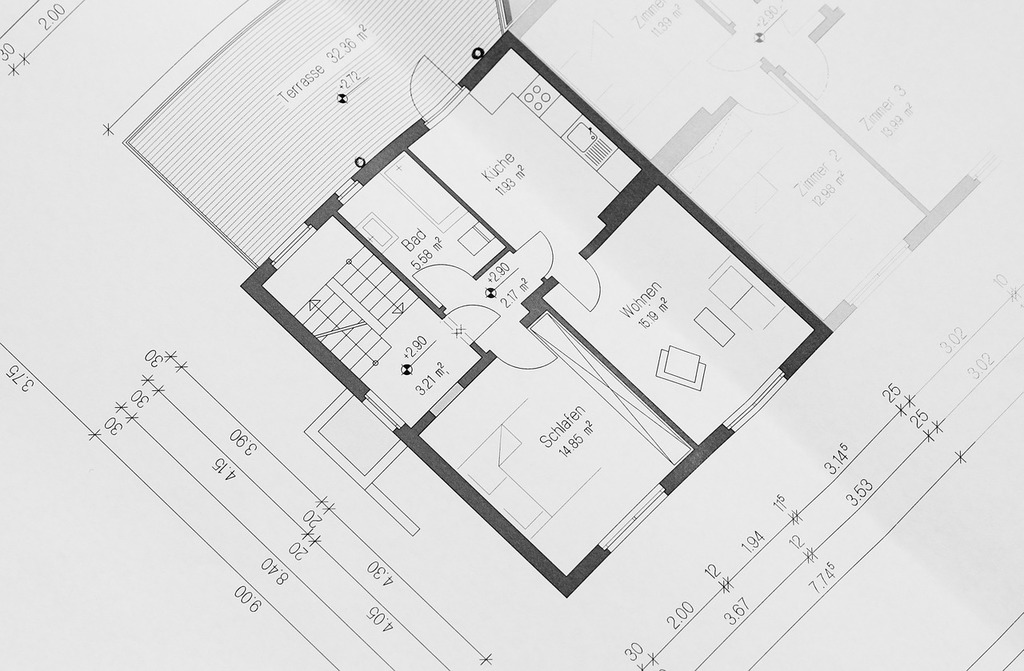How Merit Contractors, Inc. Streamlines Commercial Construction by Overlapping Design and Construction Phases
When using the design-build approach, Merit Contractors, Inc. streamlines commercial construction by integrating design and construction phases under a single contract. This method guarantees streamlined communication, as architects, engineers, and general contractors work together, reducing miscommunication and delays. By overlapping design and construction, you can start building before the design is fully finalized, speeding up project completion by up to 33%. This approach also identifies and addresses potential issues early, minimizing costs and rework, and guarantees cohesive project execution. With a single point of responsibility, transparency and efficiency are enhanced, making the entire process smoother and more cost-effective. For more details on how this accelerates project timelines and improves quality, continue to explore the benefits of this integrated method.

How Merit Contractors, Inc. Streamlines Commercial Construction by Overlapping Design and Construction Phases
When you adopt the Design-Build (DB) approach, you integrate design and construction phases under a single entity, streamlining the entire project process. This method allows Merit Contractors, Inc. to overlap design and construction, substantially reducing project timelines and enhancing collaboration among architects, engineers, and contractors. By doing so, you can expect faster project completion, cost savings, and improved overall efficiency, as the unified team works towards a common goal from the outset.
What is the Design-Build (DB) Approach?
In the Design-Build (DB) approach, you work with a single entity that oversees both the design and construction phases of your project. This integration places architects, engineers, and general contractors under one unified contract, streamlining collaboration and reducing miscommunication. By combining these roles, Merit Contractors, Inc. guarantees a single point of responsibility, enhancing transparency, reducing risk, and speeding up project timelines.
Integration of design and construction under one responsibility
The Design-Build approach, a method increasingly favored by firms like Merit Contractors, Inc., revolutionizes commercial construction by integrating the design and construction phases under a single entity. This design-build approach streamlines project timelines and enhances construction efficiency, as it allows for simultaneous planning and execution, reducing delays and costs. By overlapping these phases, Merit Contractors, Inc. guarantees a cohesive and efficient process, fostering better design and construction integration.
Benefits of Overlapping Design and Construction Phases
When Merit Contractors, Inc. overlaps design and construction phases, you can expect several key benefits. This approach allows for faster project completion by eliminating the sequential nature of traditional design-bid-build methods, enabling construction to begin before the design is fully finalized. Additionally, it enhances cost control by identifying and addressing potential issues early on, and improves overall quality by ensuring a more integrated and cohesive project execution.
Faster project completion, cost control, and improved quality
By overlapping design and construction phases, Merit Contractors, Inc. substantially accelerates project timelines, a key benefit of the design-build approach. This integration allows for simultaneous design and construction, reducing overall project duration. You also benefit from cost savings through streamlined processes and minimized rework. Additionally, overlapping phases enhance quality control, ensuring that every aspect of the project meets high standards from the outset.
Practical Application: Merit Contractors, Inc. in Action
When you work with Merit Contractors, Inc. on large commercial projects, they implement the Design-Build approach to substantially accelerate the approval process. By integrating design and construction phases, Merit Contractors, Inc. guarantees open communication and a single point of contact, which minimizes miscommunication and budget surprises. This overlap allows for smoother project kickoff and faster resolution of any issues that arise, ultimately streamlining the entire construction timeline.
Implementing Design-Build for large commercial projects and speeding up approvals
Implementing the Design-Build approach is a cornerstone of how Merit Contractors, Inc. streamlines commercial construction projects, particularly by overlapping design and construction phases. This project delivery method allows for simultaneous design and construction, shortening construction timelines and enhancing overall efficiency. By working closely with architects and owners from the outset, Merit guarantees cohesive project execution, reducing delays and costs.
Challenges and Considerations for Merit Contractors
When overlapping design and construction phases, you must prioritize clear communication to guarantee all teams are aligned and aware of project developments. Managing increased responsibility is essential, as the integrated approach can blur traditional boundaries between design and construction, requiring meticulous coordination. Handling change requests efficiently is also critical, as any alterations can impact both the design and construction timelines, affecting the overall project budget and safety[1][3][5].
Clear communication, managing increased responsibility, and handling change requests.
Effective communication is the backbone of any successful commercial construction project, especially when using the design-build approach as employed by Merit Contractors, Inc. In project management for commercial construction, clear communication guarantees all team members are aligned on project goals and timelines.
- Regular meetings: Hold structured meetings to update on progress, changes, and challenges.
- Defined roles: Empower project managers with the authority to make decisions within defined limits.
- Safety briefings: Integrate safety briefings into daily routines to reinforce safety and compliance.
This approach streamlines project execution and manages increased responsibility efficiently.
